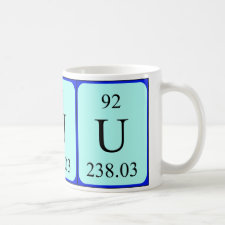
Authors: Yuan Y, Yang YJ, Ma XJ, Meng QH, Wang LL, Zhao S, Zhu GS
Article Title: Molecularly Imprinted Porous Aromatic Frameworks and Their Composite Components for Selective Extraction of Uranium Ions.
Publication date: 2018
Journal: Advanced Materials
Volume: 30
Issue: (12)
Page numbers: ArticleNo1706507.
DOI: 10.1002/adma.201706507
Abstract: Selective extraction of uranium from water has attracted worldwide attention because the largest source of uranium is seawater with various interference ions (Na+, K+, Mg2+, Ca2+, etc.). However, traditional adsorbents encapsulate most of their functional sites in their dense structure, leading to problems with low selectivity and adsorption capacities. In this work, the tailor-made binding sites are first decorated into porous skeletons, and a series of molecularly imprinted porous aromatic frameworks are prepared for uranium extraction. Because the porous architecture provides numerous accessible sites, the resultant material has a fourfold increased ion capacity compared with traditional molecularly imprinted polymers and presents the highest selectivity among all reported uranium adsorbents. Moreover, the porous framework can be dispersed into commercial polymers to form composite components for the practical extraction of uranium ions from simulated seawater
Template and target information: uranium ion
Author keywords: extraction, molecular imprinting technology, porous aromatic frameworks, selectivity, uranium ions



Join the Society for Molecular Imprinting

New items RSS feed
Sign-up for e-mail updates:
Choose between receiving an occasional newsletter or more frequent e-mail alerts.
Click here to go to the sign-up page.
Is your name elemental or peptidic? Enter your name and find out by clicking either of the buttons below!
Other products you may like:
 MIPdatabase
MIPdatabase









